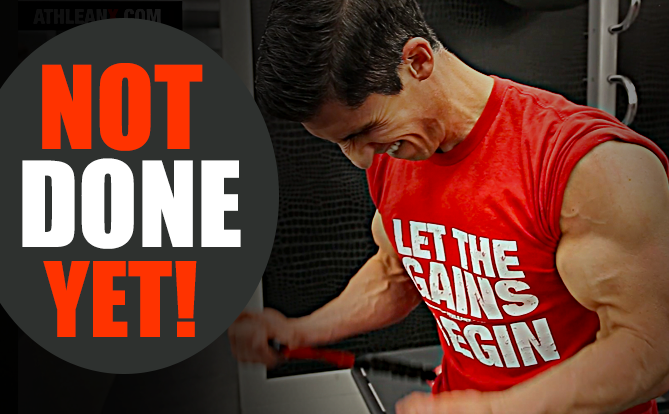
what is training to failure?
Should you be training to failure every time you work out?
The answer is YES, but let me qualify that.
I want to see you training to muscular failure on every single set of every exercise in every workout you’re doing, because that’s the fastest way to create increases in muscle mass.
In fact, if you’re NOT training to muscle failure you’re pretty much wasting your valuable training time!
However…
First let’s define what training to failure is. When you train to failure, you’re not doing a set of 10 or 12 reps. You’re doing as many additional repetitions as is necessary to get the muscle fibers to fatigue in every set with the purpose of muscle and or strength gain.
This is a form of high-intensity training that has lots of benefits in your resistance training program, but you must apply the correct intensity technique.
Many people don’t realize there are actually three types of failure: technique failure, tolerance failure and tempo failure.
And you have to know the difference between the three and how to effectively use each in order to make sure you’re actually training to failure in all of your training sessions and getting the gains in muscle size from it.
Let’s go through an example each of the three types of failure training to help you make sure you’re getting the maximum benefit out of this powerful strength training tool.
TECHNIQUE FAILURE
Technique failure involves training a specific technique to failure while maintaining proper form, without being concerned about a slowing of tempo.
You can see me here performing a classic upper body exercise: the pullup. I’m doing it as more of a strength based, muscle hypertrophy based exercise until I reach muscular failure in my technique.

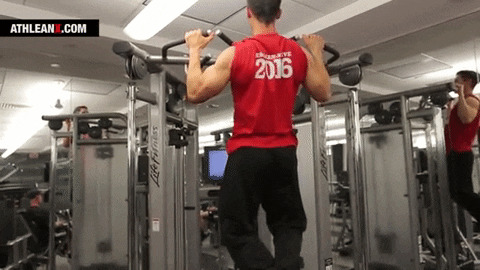
I want to go as hard as I can. If my tempo has to slow down that’s okay, as long as I continue practice proper form, and follow the same intensity technique.
Toward the end I begin to struggle to get reps and my muscles are starting to fatigue, but I keep going. In terms of tolerance, the burn is killing me but I’m still pushing through because I’m trying to train those muscle fibers to failure.
Now, what I DON’T want to do is change my technique as my level of muscle fatigue continues to increase! Once you start dropping down from the bar or you get tired and begin to practice shitty form, you’ve taken this exercise to muscular failure. Period.
It’s not really productive reps at this point, so you’re done.

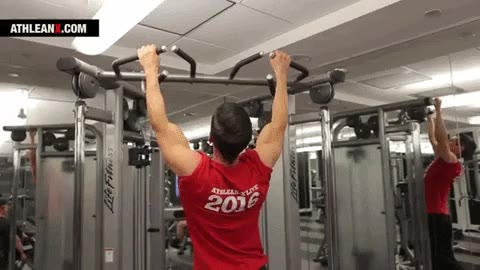
TOLERANCE FAILURE
Training to tolerance failure is often done with a high rep exercise in which your tolerance to the burn is what causes you to fail.
For example, here I’m performing biceps curls with a piece of tubing.

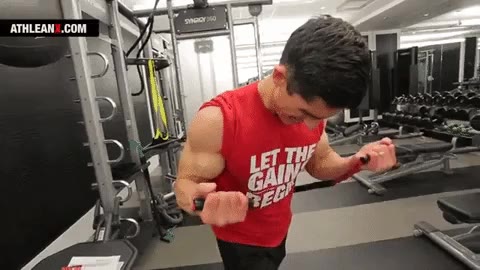
It’s likely that with this exercise you’ll be able to maintain the tempo and the technique, because the weight isn’t heavy enough for you to begin struggling with proper form.
But your tolerance level will change over time as your ability to withstand the burn declines.
At some point, I can’t maintain my resilience to the burn, and I have to let go and fail.

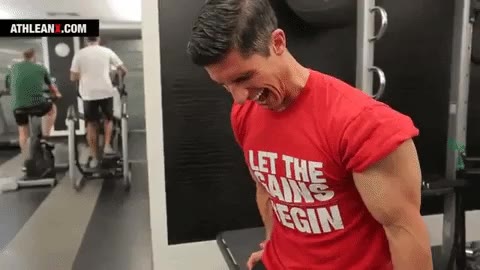
TEMPO FAILURE
The tempo failure technique is typically used when you’re training the muscle fibers for power or explosiveness, and so once your tempo decreases you’ve reached muscular failure.
Here I’m performing an explosive Cable Push Press.

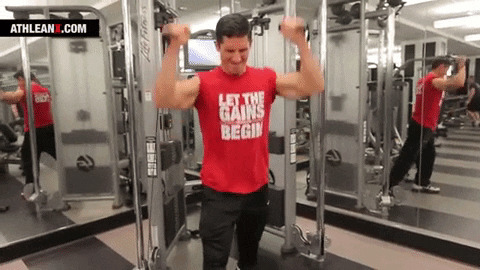
For athletes, explosive training is very important, and there is certainly a component of speed built into every rep. If you’re not hitting the proper tempo of less than 1.2 seconds per rep, then you’re not training for power anymore.
So guess what?
That means you’ve reached muscular failure.
You can see that as I fatigue and start to get slower and slower, that is an indicator for me to quit.

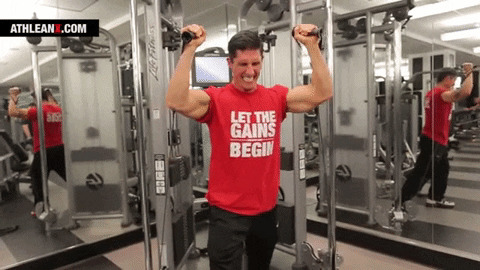
As you can see, whether or not you’ve reached failure depends on what goal you’re training for and what type of failure you’re training to.
But understand this: if you want to create muscle growth and strength gains you’d better train to some type of failure. If you just do sub-maximal sets in your training regimen, not touching any of these types of failure, your time in the gym isn’t really productive.
And finally, remember that especially when you’re training intensely, ample rest is going to be very important. I typically prescribe 2 days of rest per week if you want to achieve long-term growth.
If you’re looking for a complete weight training program that puts all the science back in strength to deliver serious muscle development, use our Program Selector to determine which of our programs best suits your needs.

- You should be training to failure on every set of every exercise in every workout you’re doing if you want to achieve muscle growth. But there are 3 types of failure, and what constitutes failure will depend on what goal you’re performing each exercise for.
- In technique failure you have failed once you can no longer maintain good form on the exercise, regardless of how bad the burn is or how much you may need to slow your tempo to keep pushing out reps.
- In higher rep exercises, you will likely reach tolerance failure as your ability to withstand the burn will decrease over time, and you’re unlikely to need to slow reps or to have your form degrade due to the use of lower weight/resistance.
- When training for power, typically you will be training to tempo failure. Once you can no longer push out explosive reps at a tempo of about 1.2 seconds per rep, you’re no longer training for power and you’ve reached tempo failure.

Jeff Cavaliere M.S.P.T, CSCS
Jeff Cavaliere is a Physical Therapist, Strength Coach and creator of the ATHLEAN-X Training Programs and ATHLEAN-Rx Supplements. He has a Masters in Physical Therapy (MSPT) and has worked as Head Physical Therapist for the New York Mets, as well as training many elite professional athletes in Major League Baseball, NFL, MMA and professional wrestling. His programs produce “next level” achievements in muscle size, strength and performance for professional athletes and anyone looking to build a muscular athletic physique.

































